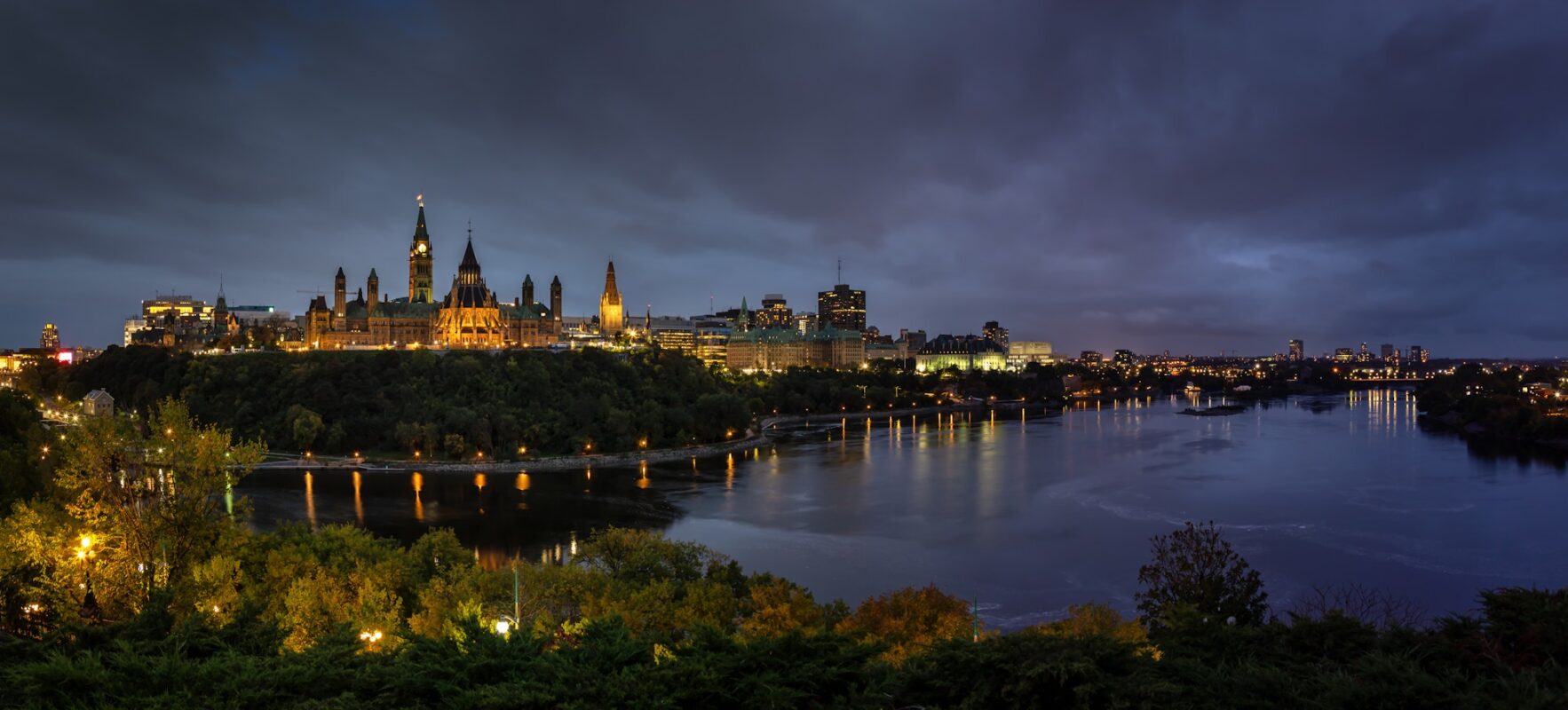
New updated content: 2018-02-26 18:01:19
Paul met with Amy MacPherson, and emailed Councillors Nussbaum and Leiper to voice our concerns on three issues we identified in the Site Alteration Bylaw:
(1) We would have preferred that the bylaw be enforced through a permitting system, rather than a complaint procedure. Ottawa would be the only municipality in Ontario with a Site Alteration bylaw that does not include a permit system.
(2) We are pleased to see that site alterations in the proximity of sensitive environmental areas will require approval from the General Manager of Planning, Infrastructure and Economic Development. However, we question the sufficiency of the proposed distance of 30 meters considering a similar policy in the current Official Plan sets the limit at 120 meters for significant wetlands and natural areas.
(3) We are concerned that the Site Alteration Bylaw as currently drafted does not cover preemptive clearing of trees and woodlands in the periurban areas ahead of urban expansions. Many wooded areas that would not be considered significant under the rural provisions of the various applicable policies could be considered significant under the urban provisions of the Significant Woodland Policy. We feel it is good planning to try to preserve these woodlands for their value as urban woodlands in anticipation of urban expansions.
Action: Paul proposed using the text from the email as our input for the Planning Committee. Agreed.
New updated content: 2018-03-26 10:04:19
February 27 report
Paul went to the Planning Committee to present our position. We support the bylaw but feel it is not strong enough. In particular, we believe it should be enforced through a permit system rather than a complaints based approach as proposed. We are also concerned that it does not cover one of the most important types of vegetation removal, the pre-emptive clearing of woodlands ahead of urban expansions. The bylaw will not be going to Council until it goes to the Agriculture and Rural Affairs Committee on April 5. Action: Paul will attend and give a presentation.
New updated content: 2018-04-18 11:06:41
report on April 5 meeting of ARAC
Paul attended this meeting and provided written and oral comments, which gave rise to a good exchange with committee members. He also spoke in favour of a motion put forward by Councillor Eli El-Chantiry requiring that staff work on a definition of the peri-urban area, something we have been advocating as a necessary first step in dealing with pre-emptive clearing of woodlands in advance of urban expansions. The motion was adopted and the bylaw will return to committee on May 3.
New updated content: 2018-05-28 11:50:12
The Site Alteration By-law was adopted by City Council on May 9 and came into effect on May 23. The exact implications of its application are still unclear and need to be tested. We considered taking the conversion of the Immaculata High School sport field issue from natural grass to artificial turf as a possible test case.
New updated content: 2023-10-16 12:37:15
The Site Alteration Bylaw is undergoing a review, three year after its adoption, to evaluate its effectiveness in preventing undesirable site alterations, such as soil stripping, vegetation cover removal and wetlands draining and filling. A notice was received from staff with some preliminary findings. A full staff report will appear ahead of the Committee meeting where this issue will be considered.
Action: Paul to circulate the staff notice to members.
New updated content: 2023-12-18 13:00:56
The Agriculture and Rural Affairs Committee considered changes proposed by staff to the Site Alteration Bylaw resulting from a first review of this bylaw, which was introduced in 2018. Staff recommended adding a notification requirement for landowners planning to conduct major tree clearing operations on properties in the periurban area, a 2 km wide strip of land beyond the urban boundary. Staff also recommended extending the coverage of the Natural Heritage protection provisions of the bylaw to the Rural area. Committee did not approve these recommendations and instead introduced a motion to reduce the periurban area to 1 kilometer beyond the urban boundary and to remove the notification requirement. The GA had supported the recommended changes. It is not entirely clear how the approved motion will be applied, as new wording is to be drafted and circulated, go through some unspecified consultation and return to Committee in the new year.
